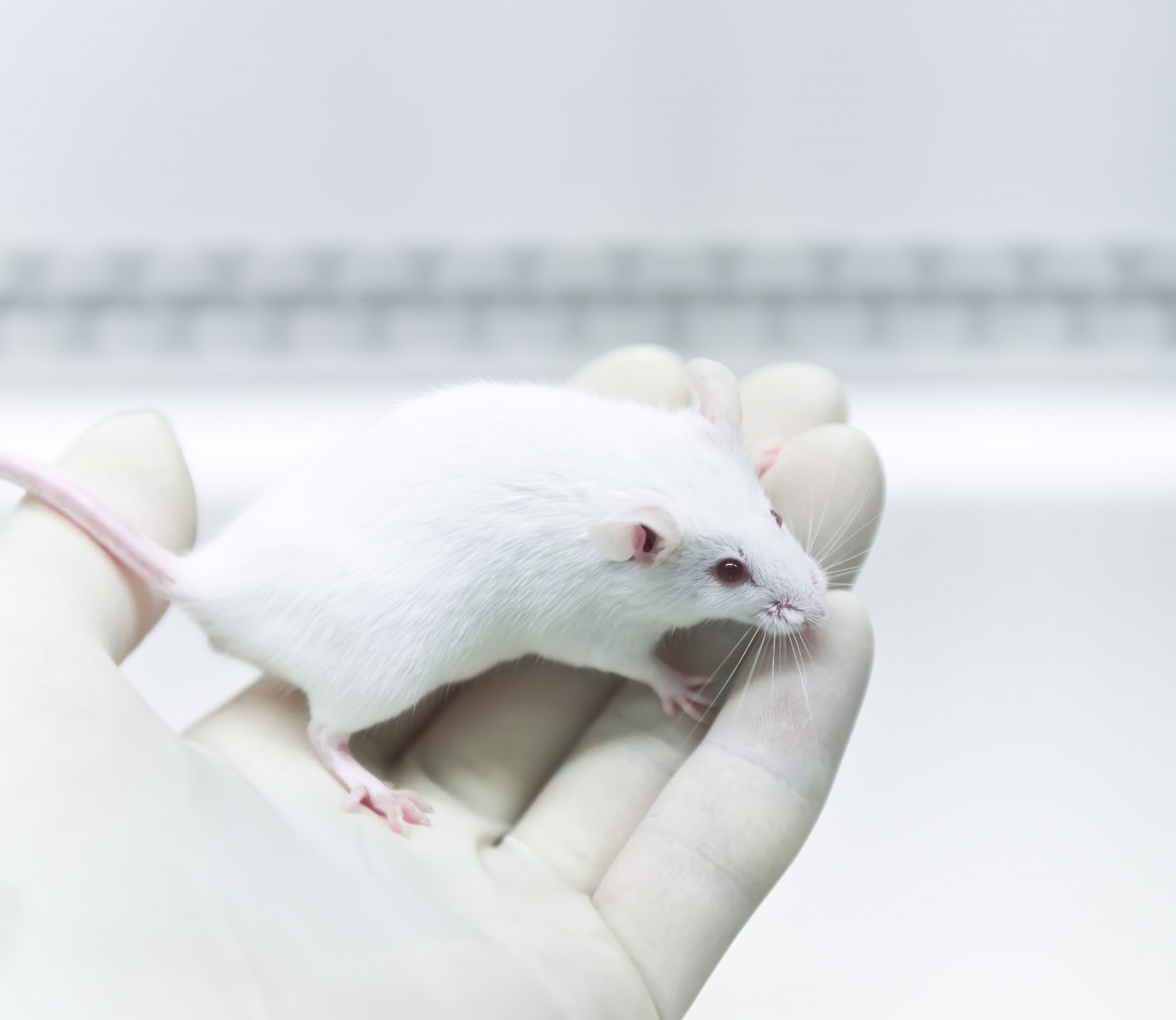Complex Fat Molecule Seen to Aid Lifespan, Ease Neuron Loss in Juvenile Batten Animal Study
Written by |

Treatment with a type of complex fat molecule called galactosylceramide increased lifespan, improved behavioral outcomes and eased neuronal loss in a mouse model of juvenile Batten disease, a study reports.
The results, “Exogenous Galactosylceramide as Potential Treatment for CLN3 Disease,” were published in the Annals of Neurology.
Neuronal ceroid lipofuscinoses (NCLs), also known as Batten disease, refers to a group of five childhood genetic neurodegenerative lysosomal storage disorders characterized by vision loss, lack of motor coordination, and impaired cognition.
Juvenile Batten disease, also known as CLN3 disease or juvenile neuronal ceroid lipofuscinosis (JNCL), is the most common type of NCL. It is caused by a mutation in the CLN3 gene, which provides instructions to make a lysosomal protein called battenin. This protein is involved in the transport of galactosylceramide to specific locations within cells.
To compensate for the lack of galactosylceramide and, subsequently, battenin, cells poor in the battenin protein respond by increasing the levels of ceramide, another type of fatty molecule normally found on a cell’s membrane. As a result, ceramide slowly starts to build inside the cells, eventually leading to cell death and neurodegeneration.
Previous studies in cellular and mouse models of CLN3 disease have suggested that treatment with an artificial form of galactosylceramide may reduce the loss of nerve cells associated with high levels of ceramide.
Researchers at American University of Beirut Medical Center in Lebanon and their collaborators set out to investigate the potential benefits of long-term galactosylceramide supplementation on the lifespan, behavioral outcomes, neuronal health, and ceramide levels of mice with CLN3 disease.
They treated a group of these animals with galactosylceramide and a second group was given a vehicle solution (as controls), both administered six days each week through an intraperitoneal (abdominal wall) injection for a total of 40 weeks (10 months).
At 10 months, both male and female mice treated with galactosylceramide showed a significant improvement in forelimb grip strength compared to control mice.
Balance in female mice performing the rotarod test (which measures balance while animals are running on a moving rod) was also seen to be better in animals given galactosylceramide than among those not treated.
Likewise, motor coordination in male mice during the pole climbing test (which measures agility and motor coordination while mice are attempting to climb a vertical pole) was found to be better in galactosylceramide-treated animals than controls.
Mice given galactosylceramide also had much lower levels of ceramide in the brain and blood serum, compared to those that were not treated.
Long-term treatment with galactosylceramide was seen to increase the animals’ lifespan, reduce cell death and promote neuronal growth in certain brain regions of the brain. In female mice, it also reduced astrogliosis, a process in which the number of astrocytes (star-shaped nerve cells thought to provide support to neurons) in the brain increases dramatically due to the loss of nearby neurons.
“In conclusion, exogenous [artificial] galactosylceramide supplementation enhanced longevity, neurobehavioral outcomes, increased neuronal cell counts and reduced brain and serum ceramide levels in [diseased] mice, suggesting GalCer [galactosylceramide] is an optional treatment for CLN3 disease in humans, for which no treatment exists,” the researchers concluded.
And, they added, “monitoring serum ceramide levels may be an optional biomarker to track novel therapies for CLN3 disease.”




